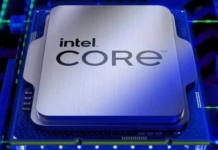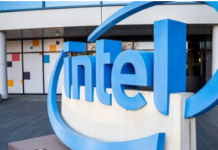Computer science could be revolutionized again. Google and its quantum computer, Wi-Fi allowing you to see through the walls, the Li-Fi… Again, light plays a key role in the development of a revolutionary microprocessor led by researchers in California.
- Read also: Li-Fi: Towards an Internet 10 to 100 times faster thanks to light
As we get to the end of 2015, some people are staying in their labs despite the holiday season in order to develop the technologies of tomorrow. If we were to take stock of the technological advances made this year, we could mention the sixth generation of Core Intel processors called “Skylake”.
Also, 2015 still has a few tricks in its bag since a report presents the current work of researchers from the University of Boulder (Colorado) in partnership with the University of Berkeley (California) and the M.I.T. They have developed a microprocessor that uses light to transmit information at a very high speed – because ultimately what is faster than light?
To acquire a crazy speed, we had to change the usual circuit boards. At the same time, this technique allows for a reduction in energy consumption and an increase in transfer speeds,opening the door to new alternatives in computing. The other advantage is that the infrared signals (those of our remote controls) used do not measure more than one micron, allowing a dense concentration of data.
For example, this 3 x 6-millimetre electro-photonic system provides bandwidth of 300GB/seconds for every square millimetre of the chip, 10 to 50 times larger than the copies built into our computers today. It also consists of 70 million transistors and 850 optical inputs and outputs for greater logic, speed, memory and versatility in information processing.
It is the first microprocessor capable of using light and its photons to communicate with the outside world. (…) no other processor has photonic inputs and outputs. Vladimir Stojanovic, Assistant Professor of Electrical and Computer Engineering
If this is the case, thanks to this first chip of a brand new lineage, Professor Stojanovic and his team will pave the way for new methods of information processing by providing a solution to the deleping of development limiting the computing capabilities of recent years.
via
































